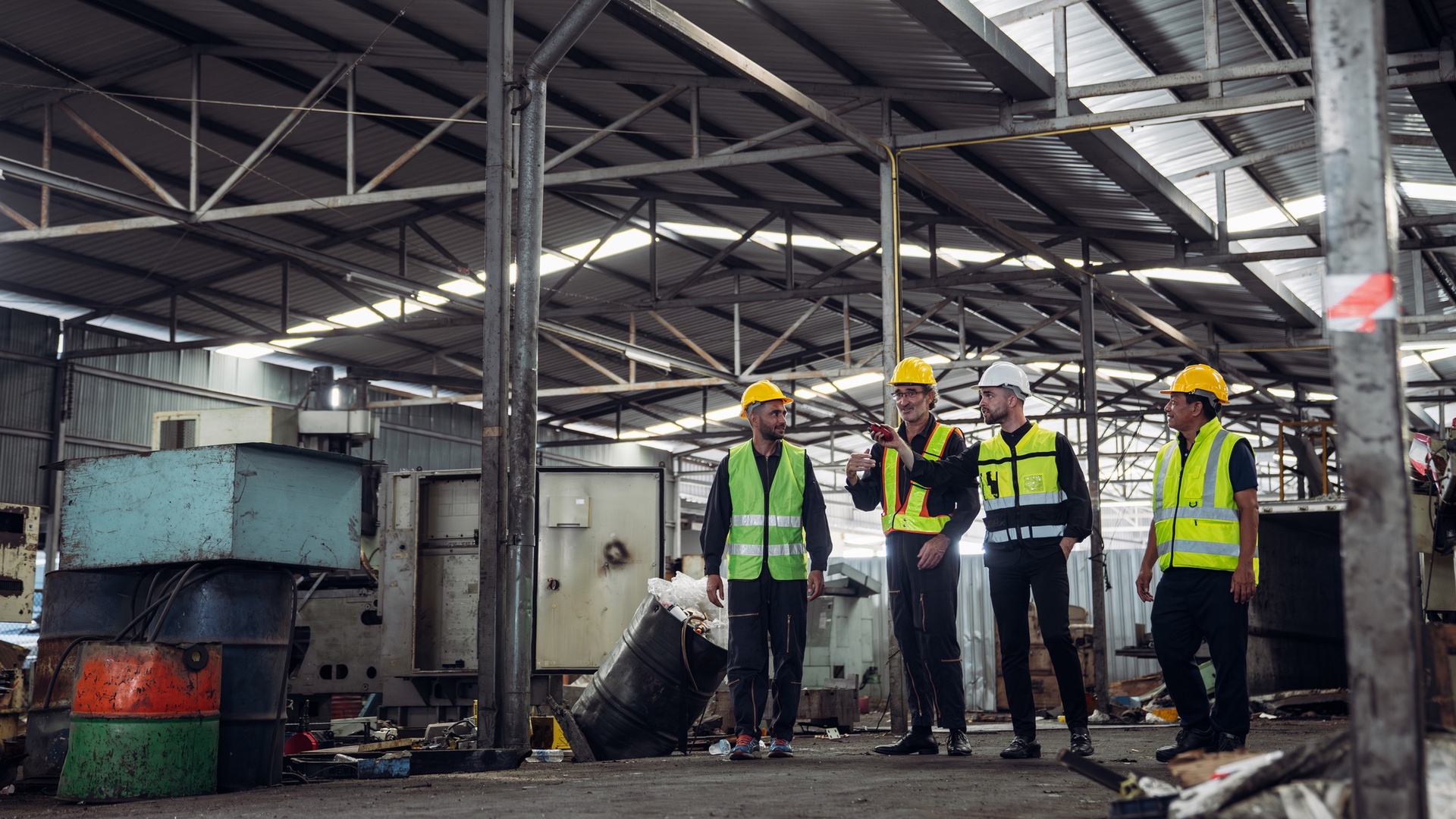

In an era marked by rapid technological advancements and escalating environmental concerns, the significance of Critical Raw Materials (CRMs) has come to the forefront of global discourse. CRMs are essential for modern societies and play a pivotal role in industries such as renewable energy technologies, electronics, and aerospace. In the coming decades, these materials will be necessary for transitioning from a carbon-based energy system to a zero-emissions, decarbonized energy system that incorporates a wide range of elements from the periodic table.
Since 2011, the European Union (EU) has been evaluating raw materials for their criticality. In 2023, 87 raw materials were assessed, with 32 classified as CRMs based on their economic importance and supply risk. These materials were also evaluated for their necessity in the digital and green energy transition, as well as for defense and space applications, leading to a second list of Strategic Raw Materials (SRMs). (Table 1: List of critical and strategic raw materials as of 2023) Both SRMs and CRMs are essential for key technologies and are characterized by their high risk of supply shortages, making them focal points for sustainability and economic competitiveness.
The linear economy, characterized by a ‘take-make-dispose’ approach, presents significant challenges in the context of CRMs. This unsustainable consumption pattern leads to the rapid depletion of these finite resources, risking future shortages and supply instability. Additionally, CRMs are often concentrated in specific geographical locations, leading to a high risk of supply chain disruption due to geopolitical tensions. The rare earth element crisis between 2010 and 2012 exemplifies this risk, as China’s production and export quotas led to a short-term ten-fold price increase for elements like neodymium and dysprosium.
Furthermore, the extraction and processing of CRMs result in substantial environmental degradation, including habitat destruction, soil and water pollution, and significant carbon emissions. Notable examples include the Piney Point phosphate plant in Florida and the Ajka red mud spill in Hungary, both of which had severe environmental and economic repercussions.
The inefficiency in CRM utilization is evident in the vast amounts of materials ending up in landfills due to inadequate recycling processes. In 2023, only 7.3% of the EU’s annual CRM demand was met by waste recycling. As demand continues to grow, such as an 18-fold increase for lithium and a 30-fold increase for platinum by 2030, new mining operations are being established. However, without circular solutions, this will further exacerbate resource loss and environmental pollution.
Social and ethical concerns also accompany CRM mining and processing, particularly in regions like the Democratic Republic of Congo, where issues such as child labor and hazardous working conditions persist. Addressing these issues requires a systemic shift toward a circular economy that promotes sustainable resource use, efficient recovery, and recycling.
Reducing CRM use and substituting them with less critical materials is key to mitigating supply risks and environmental impacts. Research and innovation play crucial roles in developing sustainable technologies using green and circular chemistry. For example, single-atom catalysts and nanoparticles can improve efficiency while reducing the precious metal loading required for proton exchange membrane (PEM) electrolysers. 3D printing is another promising solution, as it enhances material efficiency, reduces energy costs, and lowers carbon emissions.
Product longevity can be promoted through durable and repairable designs, reducing the material footprint. Additionally, shifting to product-as-a-service models, such as leasing instead of ownership, encourages reuse and refurbishment over replacement.
Material substitution is another crucial strategy. For instance, redox flow batteries using iron-based electrolytes are a viable alternative to vanadium-based systems. Similarly, ferrite magnets can replace rare earth element magnets in electric motors and wind turbines. However, substituting non-earth-abundant metals like platinum with CRM alternatives such as cobalt presents challenges, as the security of supply must also be considered.
Government policies, such as the Critical Raw Material Act and the Circular Economy Action Plan, play a vital role in supporting research and innovation. Collaborative efforts between industries, academic institutions, and governments are essential for accelerating CRM substitution efforts.
A shift toward a circular economy is crucial for sustainable CRM management. Designing products for recycling is an essential first step, ensuring materials are easily separable and reusable. Establishing effective collection and sorting infrastructure is also critical to increasing reclamation rates. For example, advanced recycling technologies can recover gold from mixed metals with 97% purity and a 70% recycling rate.
For many CRMs, recycling remains technologically challenging, especially in electronic applications where materials are dispersed in minuscule quantities. The sheer volume of e-waste, estimated at 62 million tons in 2022, highlights the urgent need for improved recycling processes. The case of LED recycling demonstrates the difficulty in recovering materials like indium, gallium, and rare earth elements, as current processes are incompatible with each other.
For certain CRMs, recycling is not yet economically viable. For example, lithium-ion battery recycling focuses primarily on cobalt recovery due to its higher market value, leaving lithium largely unrecovered. However, emerging hydrometallurgical and bioleaching methods show promise in improving lithium recovery rates while reducing environmental impact compared to traditional pyrometallurgical methods.
Government policies that incentivize recycling and enforce waste management regulations are essential in promoting a circular economy. The 2023 EU Battery Regulation, for instance, sets targets for CRM recycling in batteries and mandates minimum recycled content for new batteries. (Table 2: Battery recycling targets under EU regulations)
The growing demand for CRM poses significant economic, environmental, and ethical challenges. A transition from the traditional linear economy to a circular model is necessary to ensure resource sustainability, economic resilience, and environmental responsibility. Strategies such as reducing CRM use, promoting material substitution, and improving recycling efforts are crucial steps toward mitigating CRM-related risks.
Collaboration between governments, industries, and research institutions will be vital in driving innovation and ensuring the sustainable use of CRMs. By implementing policies and technological advancements that prioritize circular solutions, industries can reduce reliance on CRMs and foster a more stable and environmentally friendly economic model.
van Gaalen, J. M., & Chris Slootweg, J. (2025). From Critical Raw Materials to Circular Raw Materials. ChemSusChem, 18(2), e202401170.